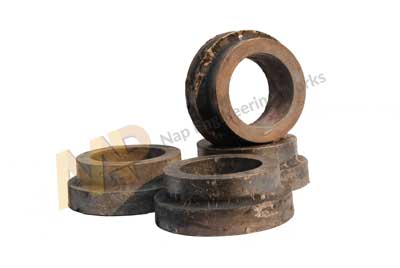What are the Key Advantages of using Sand Casting?
Sand casting is one of the widely used metal casting procedures. During the process of sand casting, Sand Casting Manufacturers heat the metal until it reaches the right temperature so it melts. Sometimes, the metal is given treatment so its chemical composition gets changed in order to achieve the needed properties. Finally, the molten metal gets poured into the mold of desired shape cavity, so it cools down and solidifies eventually.
To ensure production of superior quality sand casted products at a low cost, it is highly needed that the designers remain careful and attentive towards different procedure requirements while understanding the limitations related to sand casting.
Elements of Sand Casting
The key elements of sand casting are,
- Draft angle
- Undercuts and cores
- Parting line
- Wall thickness
- Cross sections
- Junction design
- Corners and angles
- Casting allowance
All of them must be perfectly taken care of to avoid any sort of potential pitfalls that often the mechanical engineers face during the process of sand casting. Sand casting, like other casting procedures, also has some disadvantages. But they will matter only if they affect the functionalities of the part.

Benefits of Sand Casting
There are a few benefits of using sand casting and some of them are as follows:
- Almost any Alloy – Sand casting can be produced readily in almost every ferrous as well as non-ferrous alloy. With other casting procedures, the super alloys are melted and poured in vacuum. But with sand casting, it is not typically done.
- Low cost of Tooling – According to Sand Casting Manufacturers, sand casting associates low tooling costs. And this makes the casting process a preferred choice for lower volume requirements. Though it might not be a cheaper option in the short term, use of patternless or machined molds is undoubtedly a cost effective option for the components with lower usage over longer time frame.
- Versatile – Sand casting is versatile in terms of shape, size and weight. It may be produced in wide range of weights – from ounces to 100+ ton. By using cores, the internal structure can be perfectly cast in place. On the other hand, the shaped part mostly depends on the designer’s imagination. In most cases, sand casting usually needs some machined surfaces. This is because of its natural tolerance limit of the procedure. The capability to mate with other materials may also be another good reason to choose sand casting.
- Any Quantity – As the tooling cost of sand casting is low, it may be considered to be the right choice for single piece run. At the same time, there are many automotive parts that are manufactured through this process. So it can also be used in high volume application as well. Other elements of tolerance and design are more important than quantity while choosing this as a favorite casting procedure.
- Time – Sand casting is done quicker than other types of casting. However, it is needed to take care of post-casting procedures such as machining which might be needed while calculating total lead times.

